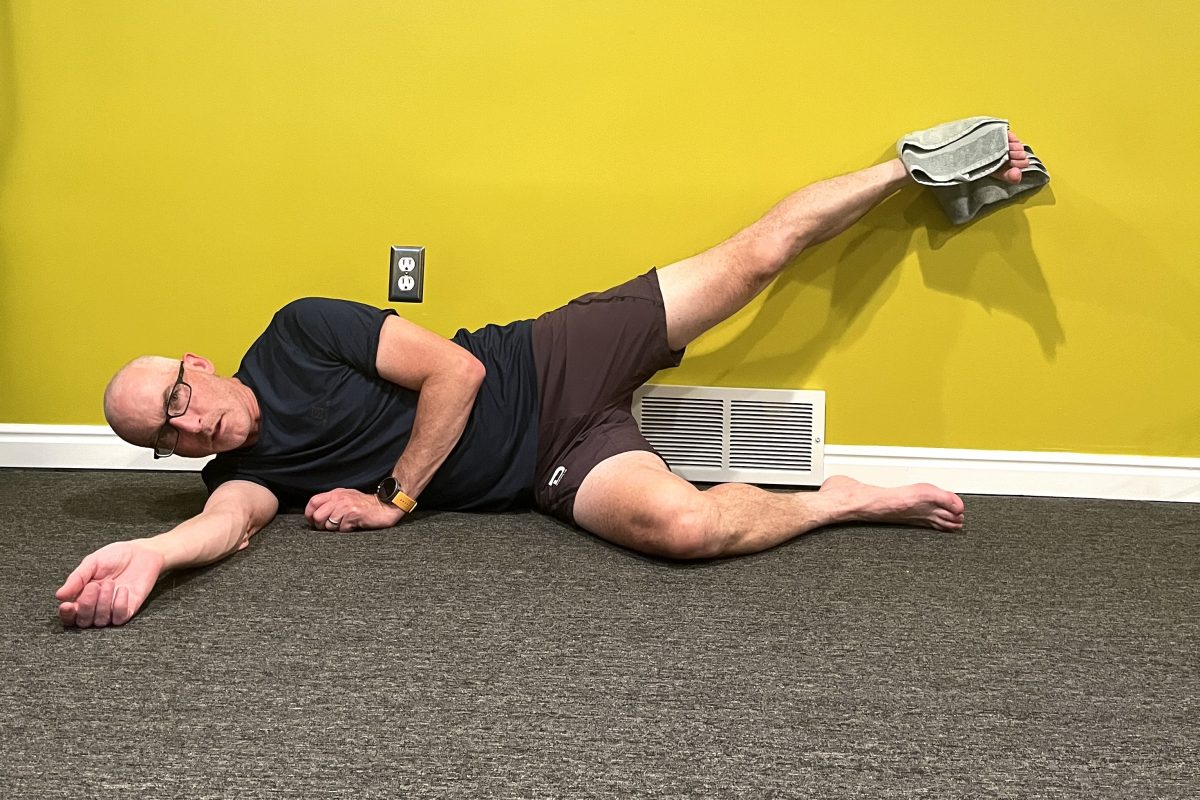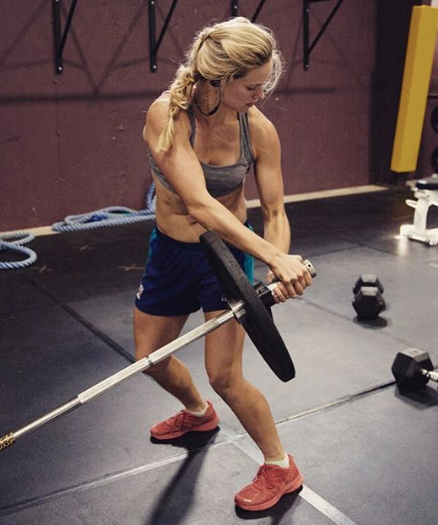Editor: Much of the material for this article is based on articles in Norwegian magazine SkiSport and misc. Norwegian newspaper articles
Getting oxygen to the working muscles
In the previous article, we decided that a person’s Max Heart Rate is genetic, and can not be changed. The only way to increase the amount of blood the heart can deliver to our working muscles is therefore by increasing the stroke volume of each heartbeat.
In terms of delivering blood to the working muscles, well-regarded training physiology however also speaks of the importance of increased capillary density in the muscles. This has been seen as a critical factor in being able to deliver sufficient blood (and therefore oxygen) to the working muscles. This may however not be as important as we all earlier believed. The last 2 — 3 years it has been shown that even a moderately trained muscle is capable of receiving 2 — 3 times more blood & oxygen than the heart of even a well-trained athlete can provide. If the muscles are given more oxygen, they will use it — this is the reason blood-doping is efficient even for the average athlete.
Capillary density is therefore not important with regard to max VO2. However, increased capillary density is beneficial for the exchange of nutrients to the muscles as well as removal of byproducts from the muscles (lactic acid etc.). At this point, new research is yet again opposing our old training knowledge of developing capillary density through long, slow distance training, and claims this is a myth:
Research says the two main factors for stimulation of capillary growth are:
– insufficient oxygen in the working muscle
– large blood flow that stretches the walls of the existing arteries or capillaries
This condition is typical at intensive training, and not at slow distance training. Are we therefore wasting our time with too much distance training if we’re looking for increased max VO2?
 – then flattens out. Physiologists and coaches have therefore recommended to train lots of hours at this intensity (level 1) in the hope of optimizing or increasing the stroke volume.</p>
<p>However, about 5 years ago, new ultrasound equipment and methods helped determine and document new conclusions regarding stroke volume. The old research conclusions were correct for sedentary individuals, but not for trained athletes. For trained athletes, the stroke volume increases all the way up to intensities near max VO2, and even doubles when going from 75% to 95% of MHR.</p>
<p><B>The $100 question then becomes – what training intensity is optimal for increasing the stroke volume?</B></p>
<p>The heart is a muscle that needs extra load (or stress) to become stronger, just like any other muscle in the body. The only way to load the heart is to make it pump an excessive amount of blood, such that it becomes fitter after a period of training. We all know the similar effect of using small versus heavy weights when training a muscle. The most efficient way of increasing the stroke volume (and therefore the max VO2) is to do interval training at an intensity equivalent to 90 — 95% of MHR.</p>
<p><I>In the next article we will suggest which kind of intervals to do, as well as discuss how these new research results could or should be incorporated into the overall training for Cross-Country skiers.</I></p>
</div></div><!-- /btArticleContentInnerInner --><section class=)



